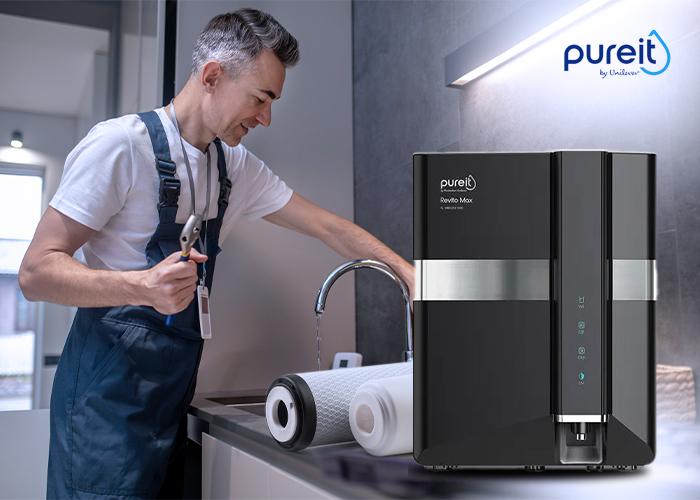Water is an essential element for sustaining life, but the quality of the water we consume can vary significantly. Reverse Osmosis (RO) water purification is a technology that has gained widespread popularity for its ability to provide clean and safe drinking water. In this blog, we will delve into the principles of RO water, its advantages, and considerations for its use.
Understanding Reverse Osmosis:
Reverse Osmosis is a water purification process that uses a semi-permeable membrane to remove impurities and contaminants from water. The term "reverse" osmosis indicates that it works against the natural osmotic process, wherein water typically moves from an area of low solute concentration to high solute concentration. In the case of RO water, pressure is applied to force water through the membrane, leaving impurities behind.
Advantages of RO Water Purification:
Removal of Impurities:
The primary benefit of RO water purification is its effectiveness in removing a wide range of impurities. This includes contaminants such as bacteria, viruses, dissolved salts, heavy metals, and various organic and inorganic substances. The semi-permeable membrane acts as a barrier, allowing only water molecules to pass through while blocking larger particles.
Improved Taste and Odor:
RO systems can significantly enhance the taste and odor of water by eliminating impurities that contribute to unpleasant flavors or smells. This makes RO water a popular choice for those seeking a crisp and clean taste in their drinking water.
Reduced Water Hardness:
RO systems are effective in reducing water hardness by removing minerals like calcium and magnesium. This not only contributes to improved taste but also prevents the buildup of scale in appliances such as kettles and water heaters.
Compact and Convenient:
RO systems are available in various sizes, making them suitable for both residential and commercial use. They can be installed under the sink or as standalone units, providing a convenient and space-efficient solution for clean drinking water.
Considerations for RO Water:
Wastewater Generation:
One consideration with RO systems is the generation of wastewater. While the purified water is collected for use, a portion of water (reject water) is typically discarded during the filtration process. Innovations in RO technology aim to minimize wastewater production, but it remains a factor to be aware of.
Energy Consumption:
RO systems require energy to operate, primarily to pressurize the water for filtration. While the energy consumption is relatively low compared to some alternative water treatment methods, it's essential to consider the environmental impact and energy costs associated with RO.
Selective Filtration:
RO systems are selective in their filtration, allowing water molecules to pass while blocking larger particles. This means that certain substances may pass through the membrane, and additional filtration or treatment may be required for specific contaminants not addressed by RO alone.
Maintenance Requirements:
Regular maintenance, including membrane replacement, is crucial for the optimal performance of RO systems. Periodic checks and replacement of filters ensure the continued removal of impurities and the longevity of the system.
Conclusion:
Reverse Osmosis water purification stands as a reliable and effective technology for producing clean and safe drinking water. By understanding its principles, advantages, and considerations, individuals can make informed decisions about incorporating RO systems into their homes or businesses. As technology advances, ongoing innovations in RO systems aim to enhance efficiency, reduce waste, and further contribute to the accessibility of high-quality water for all.
